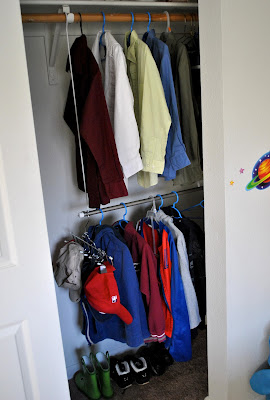 |
| Finding the difference between 37 and 19 |
"Rob caught 73 shrimp. Tanner caught 25 fewer shrimp than Rob. How many shrimp did Tanner catch? How many shrimp did Rob and Tanner catch in all?"
Hunter just (finally, my bad) started his first official "word problem" text: Skill Builders: Word Problems 3rd Grade Math.
Sure, we've done tons of real-life "word problems" and math application, but this is his first time working with it textbook-wise.
So far the computation aspect of his word problems book has been extremely simple for him. The skill here, of course, for him, is determining how to solve the problem: what operations, and in what order, etc.
One thing I have found useful here in helping him determine how to solve the problem is by using the math vocabulary words such as difference and sum.
 |
| A visual explanation of the equation |
And when we know that the definition of "difference" is "the quantity that remains after one quantity is subtracted from another", it's pretty easy to see that what we need to do here to find the answer is subtract.
I like visual aids. We used large graph paper and checked off 37 purple boxes and 19 red ones. Then I asked, "They want to know who has more. Does Ken or Rob?"
As he already knew, Ken.
"Well how many more? Does he have one more? Ten more? A hundred more? How can we find out?"
To find out the difference, we crossed out with a black marker 19 of Ken's 37 goldfish. I explained, "If they both had 19, this is what it would look like - Rob's red fish over here and Ken's black fish over here. But they don't both have 19, Ken has 37, which we can see is this many more than 19."
This led to the discussion and realization that what we had really done was subtracted 19 from Ken's goldfish to find out how many more he had - to find the difference. We did a few more problems with this type of visual representation and then it was pretty comprehensible to Hunter how to do this type of problem (finding the difference) - and why - with just using the numbers and no visual aids.
The word sum has also come in handy when the problem involves addition - "We need to know what the sum of both of their fish is. How do we do that?".
Since these words have suddenly become so useful in handling our math discussions, I have finally made up some defintion cards of my own (included are the words sum, difference, product, quotient and augend/addend, subtrahend/minuend, multiplicand/multiplier, dividend/divisor, factor, and remainder) Definitions and examples are the back. Enjoy!
Arithmetic Operation Vocabulary Cards
"Ye shall therefore put difference between clean beasts and unclean, and between unclean fowls and clean..."
Leviticus 20:25









